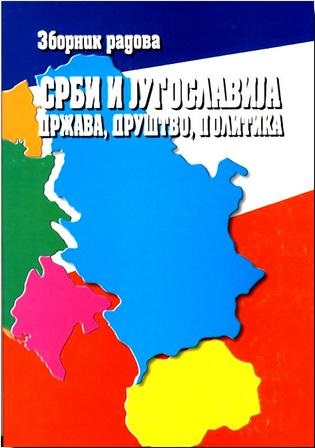Националне мањине у очима српске елите 1918–1941.
National Minorities in the Eyes of the Serbian Elite 1918–1941
Author(s): Zoran Janjetović
Subject(s): Social history, Culture and social structure , Social differentiation, Interwar Period (1920 - 1939), Ethnic Minorities Studies
Published by: Institut za noviju istoriju Srbije
Keywords: Kingdom of SHS; Yugoslavia; Serbia; national minorities;
Summary/Abstract: The paper deals with the picture of members of various peoples which would become national minorities in Yugoslavia after WWI: Albanians, Turks, Romanians, Vlachs, Magyars, Germans, Slovaks, Ruthenians and Jews. The author analyzes the works of the Serbian writers, historians and politicians who dealt with these nationalities, ascribing them various characteristics. He tries to establish continuities and discontinuities in the “picture of the others” before and after the creation of Yugoslavia and to explain why they came about. The Serbian authors saw Albanians and partly Hungarians too, as peoples with worst characteristics, ascribing to them at the same time predominantly Serb origin. Both were seen as latecomers. Albanians were seen as savages, and Magyars as a “patchwork of peoples”. The Romanians were above all credited with great assimilationist power, but were also labeled recent newcomers in Serbia and the Banat. So were Germans. They, together with Slovaks and Ruthenians were seen as hard working and thrifty, and therefore as an economic threat to Serbs. The Jews were usually depicted in the tradition of European Anti-Semitism, with an anti-Hungarian tinge, added after WWI. The animosity toward Turks cooled down already before WWI. Between the two world wars, they were even credited with some sympathetic traits – stemming from necessities of domestic and foreign policy.
Book: Срби и Југославија. Држава, друштво, политика
- Page Range: 118-143
- Page Count: 26
- Publication Year: 2007
- Language: Serbian
- Content File-PDF

